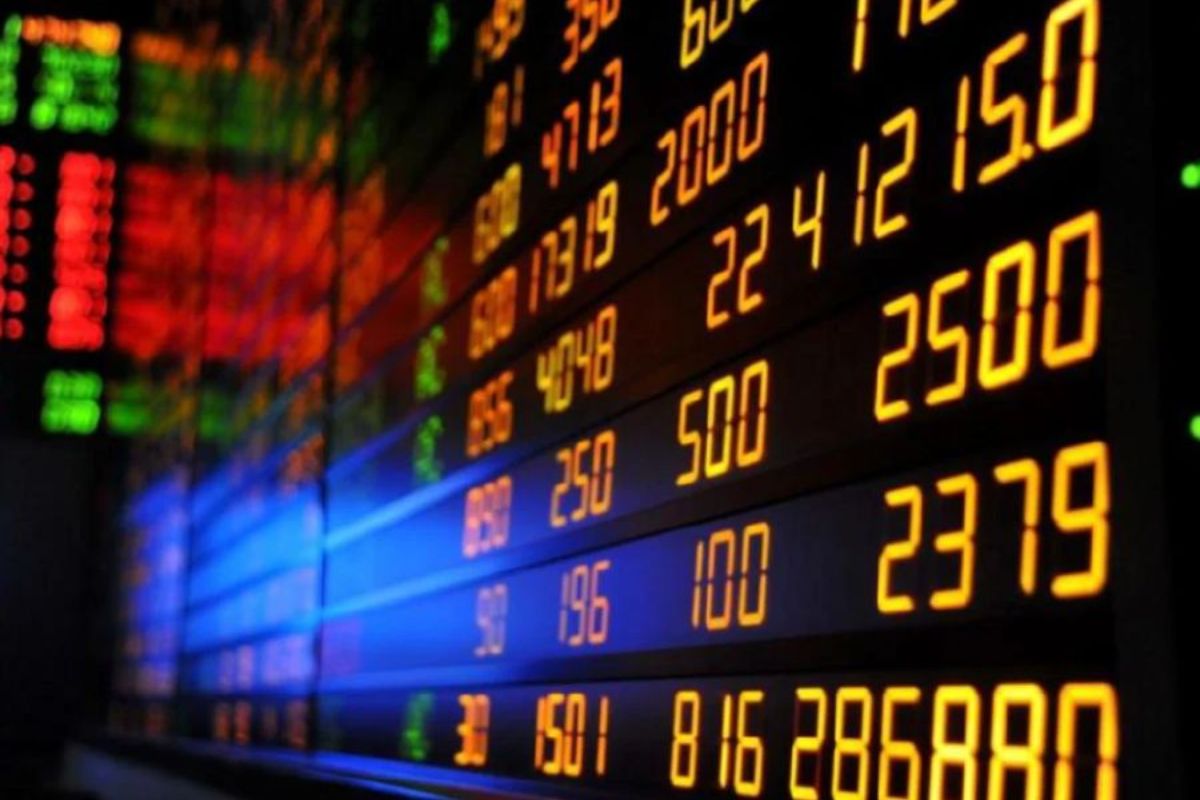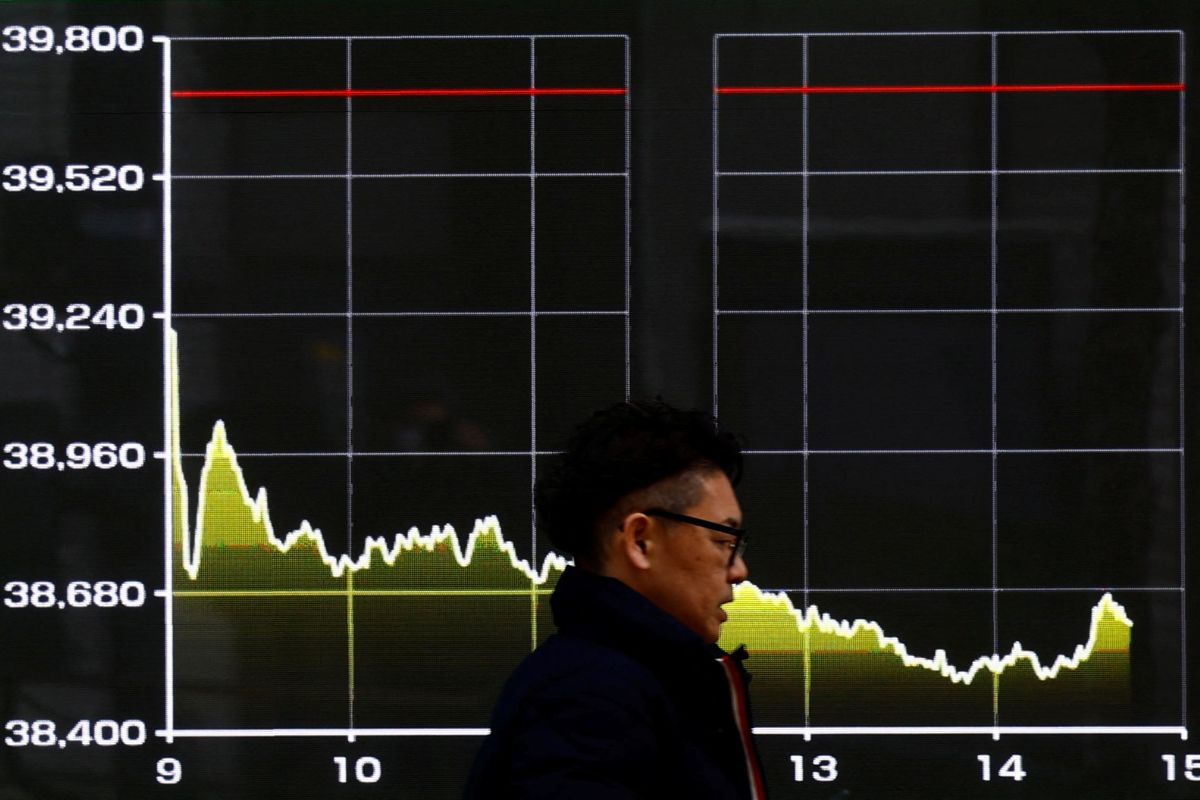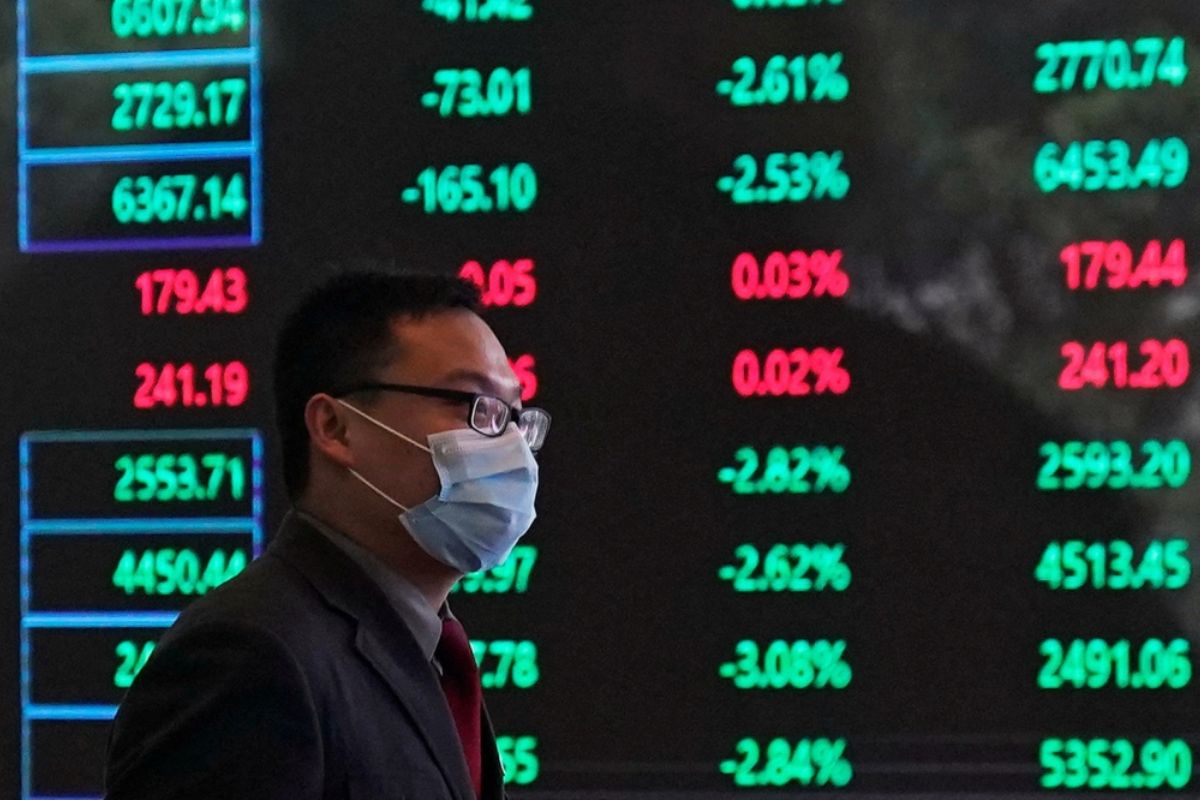Asian Markets Rally on China Data: Asian markets are ablaze as Chinese data surprises the masses, thrusting central banks into the spotlight of investor scrutiny. The unexpected surge in China’s industrial output and retail sales defied expectations and underscored the nation’s resilience, establishing it as a key driver of regional growth. With central bank meetings looming, the potential shifts in policy could either solidify market confidence or release unforeseen waves of volatility. The synergy between market dynamics and central bank decisions is poised to ignite a new chapter in global economic trends, setting the stage for a riveting saga of financial intrigue.
Asian markets surged in response to unexpected positive Chinese data, igniting enthusiasm among investors and analysts alike. The robust 7% increase in industrial output and 5.5% rise in retail sales have injected a sense of optimism into the market, showcasing China’s resilience amidst global economic challenges. This strong performance not only exceeded expectations but also underscored the country’s pivotal role as a driver of regional growth.
However, while these figures paint a promising picture, the 9% decline in property investment raises red flags and highlights the need for sustained policy measures to support this essential sector. Despite this concern, the overall sentiment remains optimistic, with market participants eagerly anticipating further developments and policy responses.
The positive momentum generated by the Chinese data has set a bullish tone for Asian markets, signaling potential opportunities for savvy investors to capitalize on the region’s economic recovery.
Central Bank Meetings Shape Market Sentiment
Amidst a global financial landscape teetering on uncertainty, the upcoming central bank meetings wield unprecedented power to reshape market sentiment and steer the course of economic fortunes. Investors are on high alert as central banks worldwide gear up for significant policy decisions that could have far-reaching implications.
The Bank of Japan’s potential shift away from negative interest rates after eight years has sent ripples of anticipation through markets, although the exact timing of this move remains shrouded in mystery. Market participants are bracing for a cautious stance on policy normalization, with gradual rate hikes being the consensus expectation.
The outcomes of these meetings have the potential to trigger significant market volatility, as any unexpected deviations from the anticipated paths could lead to swift and sharp adjustments. As investors position themselves for the outcomes, the central banks hold the key to either bolstering market confidence or sparking widespread turmoil.
Stay tuned as these pivotal meetings unfold, shaping the very essence of market sentiment and economic trajectories.
ALSO READ: Navigating the Economic Labyrinth: Asian Markets Grapple with Mixed Signals
Federal Reserve’s Policy Meeting Draws Attention
Is the Federal Reserve’s Policy Meeting the Catalyst for Market Turbulence?
The upcoming Federal Reserve policy meeting has ignited a firestorm of speculation and anticipation in the financial world. Market participants are on edge, eagerly awaiting the Fed’s decisions on interest rates and their outlook on inflation. Will the Fed maintain its current rates, or will they signal a shift in their policy stance to combat rising inflationary pressures? These questions loom large as investors brace for potential market turbulence in the aftermath of the meeting.
To shed light on the current scenario, let’s explore the expert opinions shaping the discourse:
| Expert | Prediction | Impact |
|---|---|---|
| Jan Hatzius | Forecasting a reduced number of rate cuts in 2024 due to evolving inflation dynamics | Market sentiment may shift accordingly |
| Federal Reserve | Likely to maintain rates, but signals of a prolonged policy stance expected | Could lead to heightened market volatility |
| Investors | Anticipating clarity on inflation outlook and future policy direction | Market reactions may be swift and decisive |
The stage is set for a high-stakes showdown at the Federal Reserve’s policy meeting, with the potential to send shockwaves through global markets.
Market Reaction and Outlook
The Federal Reserve’s impending policy decisions have injected a sense of urgency into global markets, triggering diverse reactions among investors as they closely monitor central bank actions and navigate shifting economic landscapes.
Asian markets displayed resilience with modest gains, reflecting cautious optimism amidst the uncertainty surrounding central bank moves. While Asian shares saw a positive uptick, the dollar and bond yields surged, signaling a potential shift in investor sentiment towards riskier assets.
Gold prices, in contrast, retreated from recent highs as the strengthening dollar and rising yields dimmed the appeal of the precious metal. On the commodities front, oil prices climbed following a bullish demand outlook by the International Energy Agency, despite disruptions caused by Ukrainian strikes on Russian oil refineries.
As investors brace for upcoming central bank meetings and policy decisions, the markets remain on edge, poised for further volatility and potential opportunities amid the evolving economic landscape.
News in Brief
Asian markets surged following unexpectedly positive Chinese data, with industrial output up 7% and retail sales rising 5.5%, highlighting China’s resilience. Concerns linger over a 9% decline in property investment. Central bank meetings, including the Bank of Japan’s potential shift from negative interest rates, have investors on edge.
The Federal Reserve’s upcoming policy meeting adds to anticipation, with speculation on rate adjustments to combat inflation. Markets remain cautious amid uncertainty, but Asian shares saw modest gains, while the dollar and bond yields rose. Gold prices dipped, and oil prices climbed despite disruptions from Ukrainian strikes on Russian refineries. Investors brace for volatility amid evolving economic landscapes.
Our Reader’s Queries
Q. What is the central bank of Asia?
A. Founded in 1955, Bank Central Asia (BCA) stands as Indonesia’s largest private bank, boasting extensive connections across various sectors of the Indonesian business landscape. While traditionally emphasizing corporate banking, BCA has recently expanded its reach into the consumer sector.
Q. What is the abbreviation for the People’s bank of China?
A. Established on December 1, 1948, the People’s Bank of China (PBC) was formed through the merger of Huabei Bank, Beihai Bank, and Xibei Farmer Bank.



